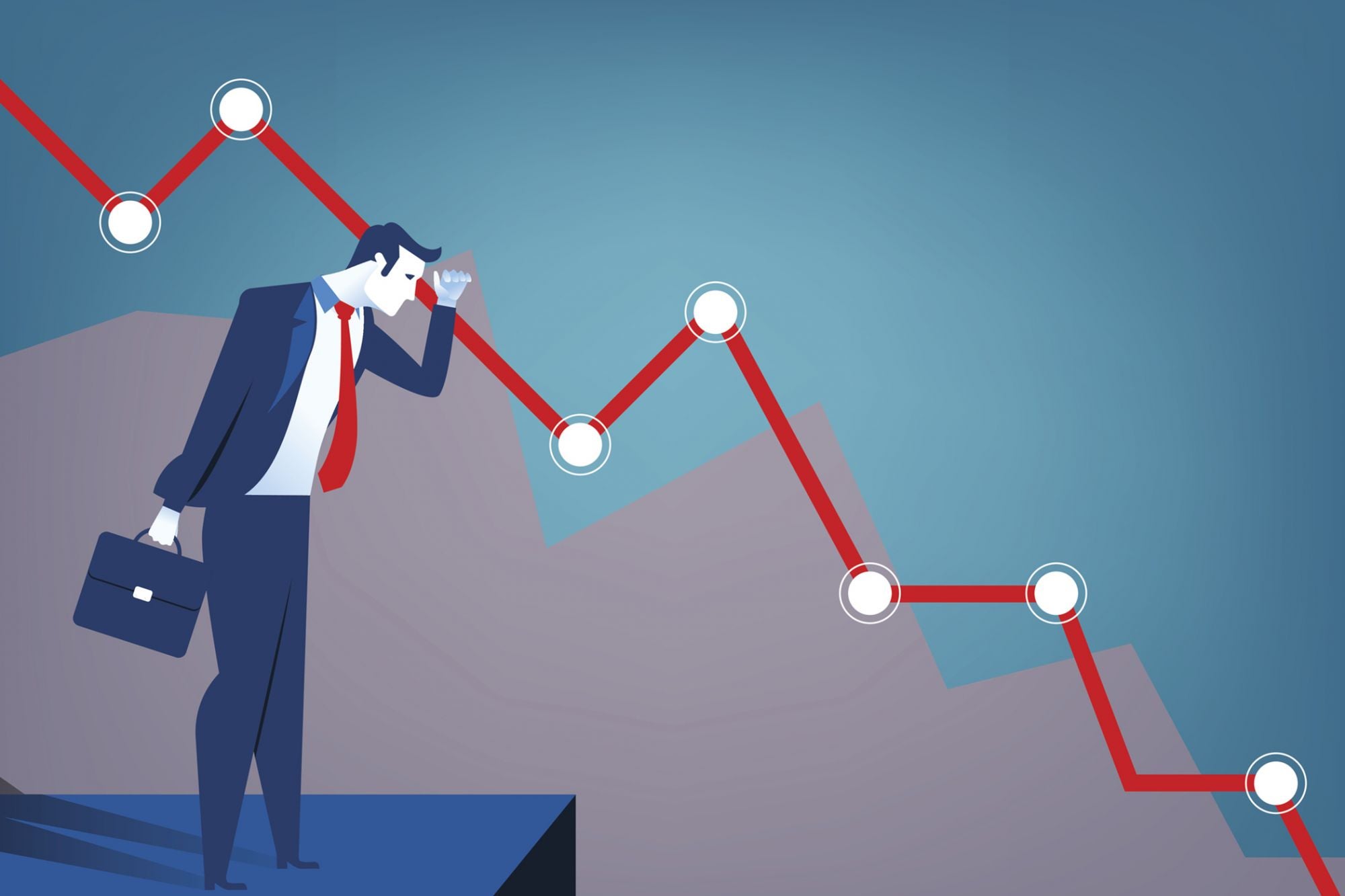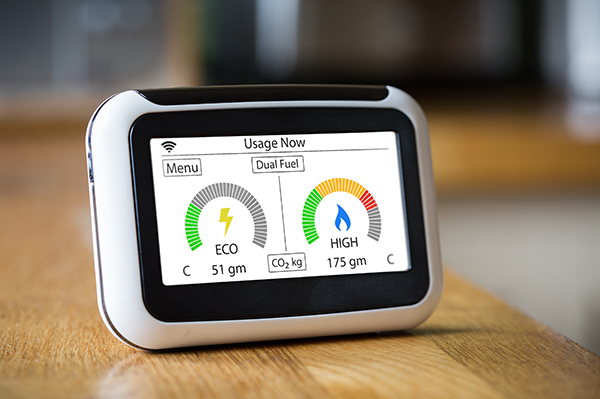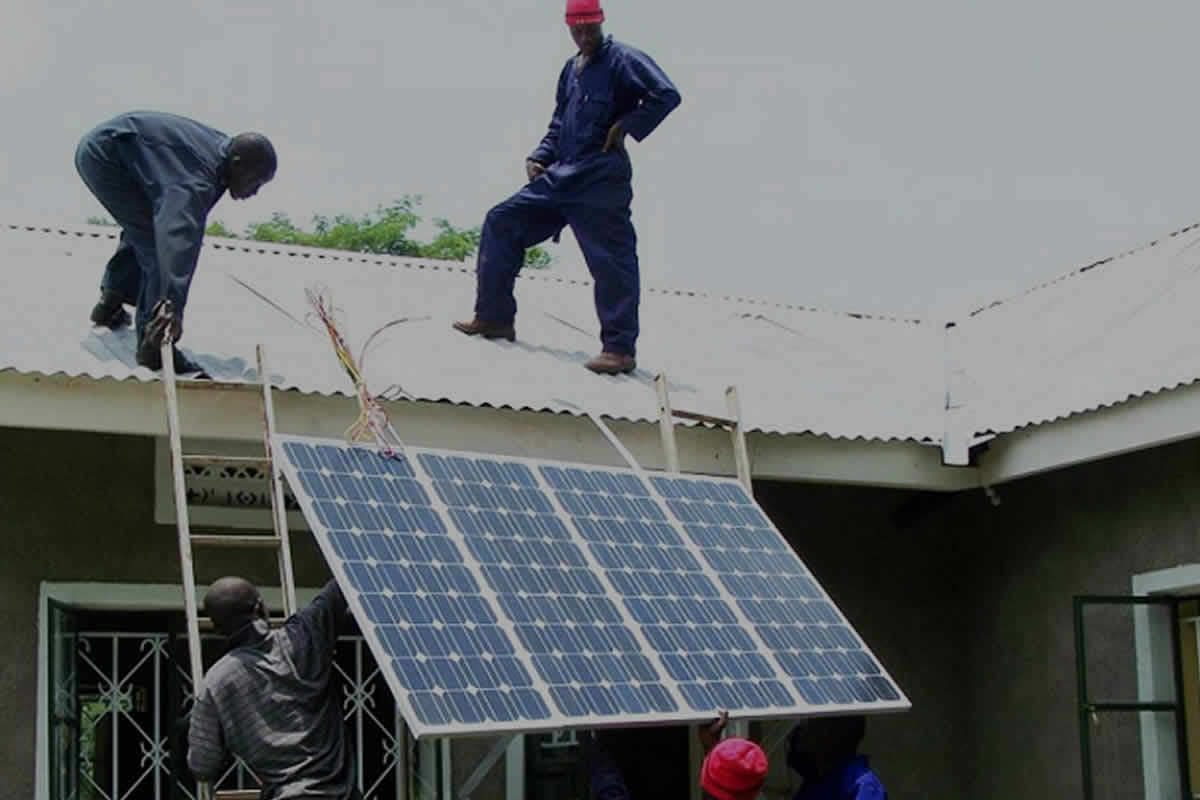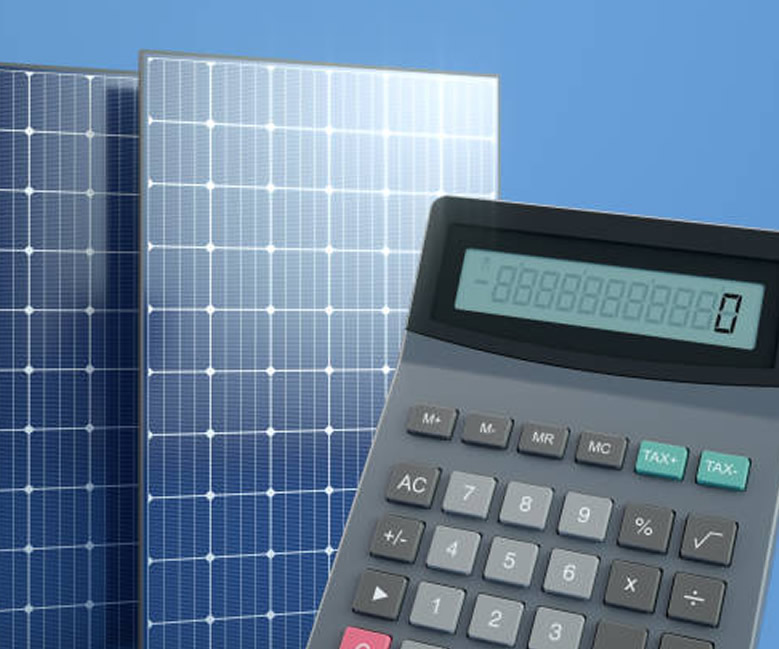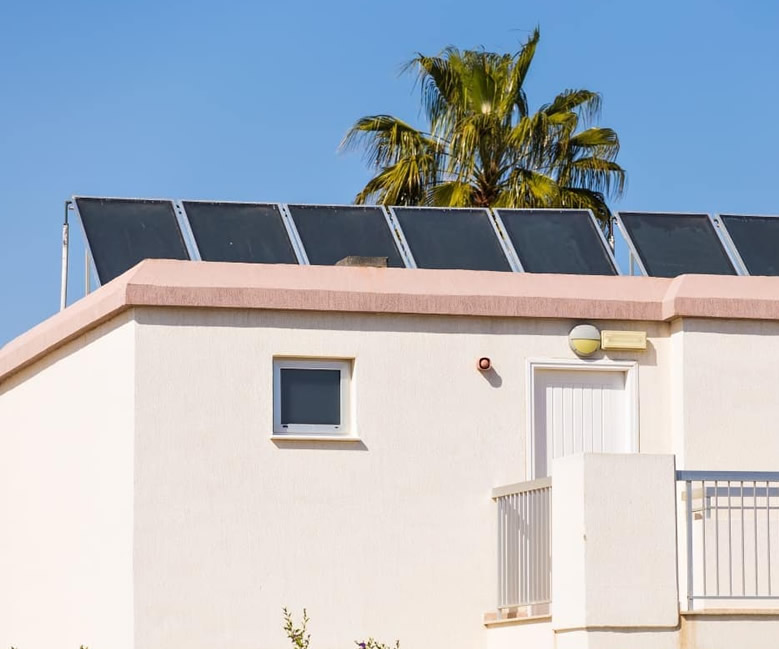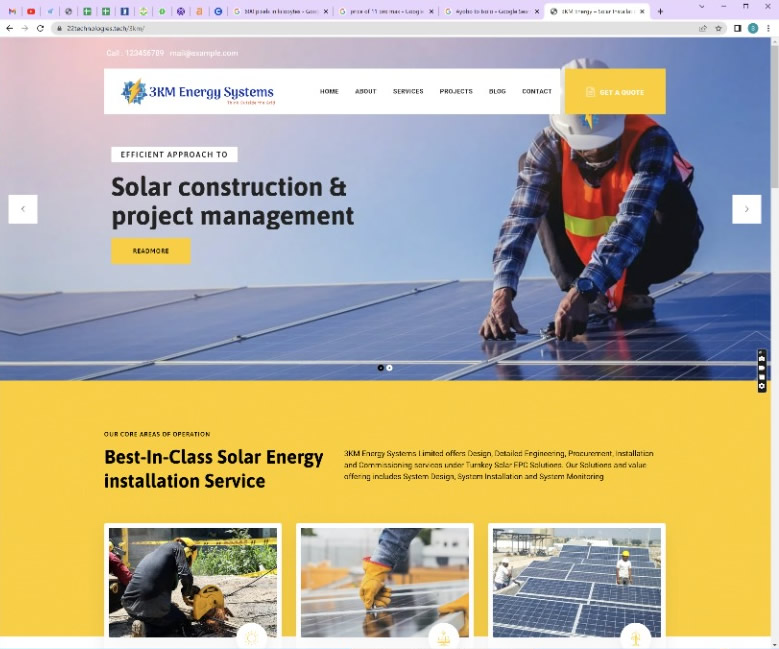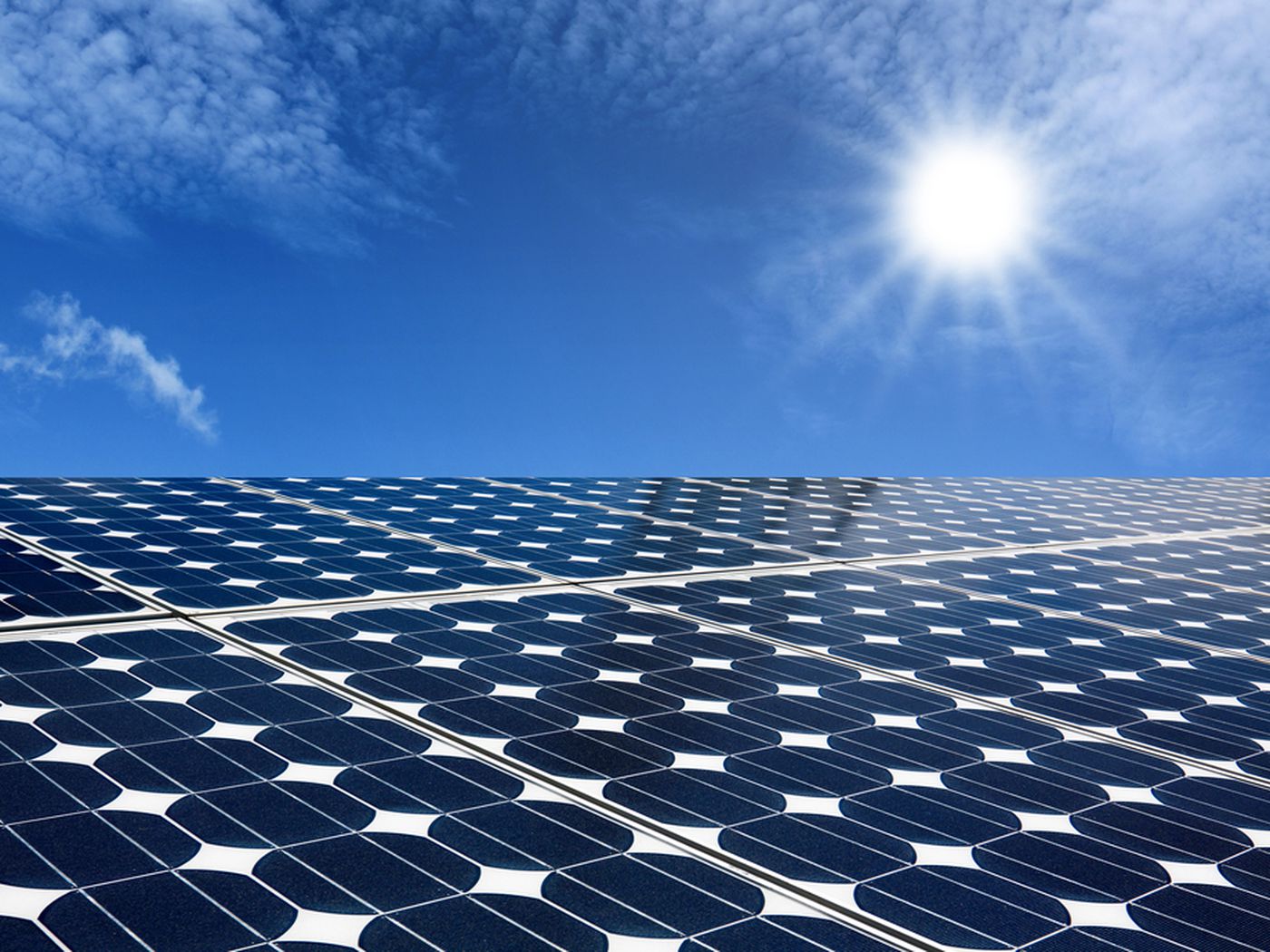Every industry is full of them. The obvious one that comes to mind is the dodgy car salesman. The thing is, it doesn’t stop us from buying a car. We still need one!
The solar industry, in its infancy, attracted more than its fair share of these vultures. They swarmed like flies to dog shit. Unfortunately, this caused a lot of harm to the industry and made a high percentage of people sceptical for no good reason.
After doing solar installs for too many years, I once applied for a solar sales job. I started with two days ‘training’. Suffice to say I didn’t take the job because the product wasn’t really mentioned too much. The ‘training’ was all about high-pressure sales techniques.
Thankfully there is only a small percentage of companies that operate like this. SolarQuotes has a built-in bullshit detector that picks them up a mile away. All the installers have been vigorously vetted, so you don’t have to worry.

